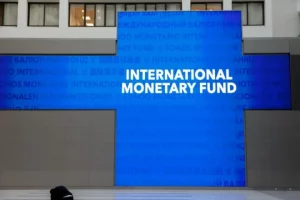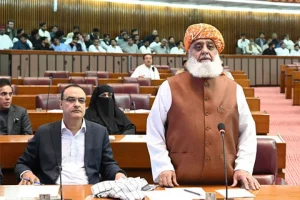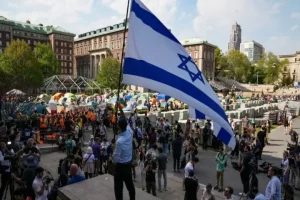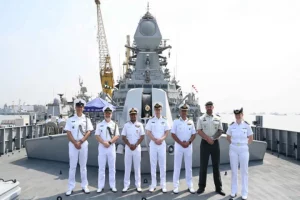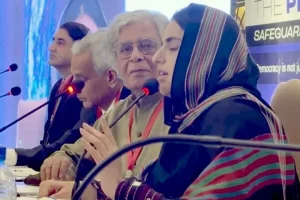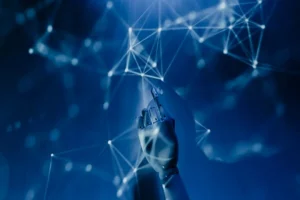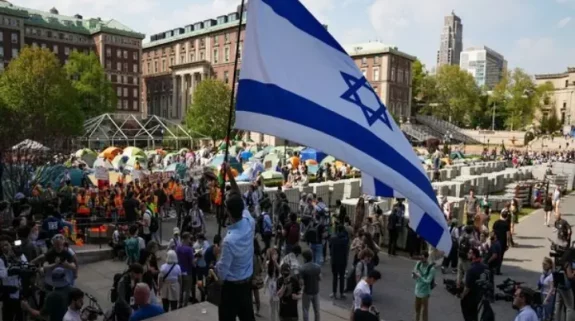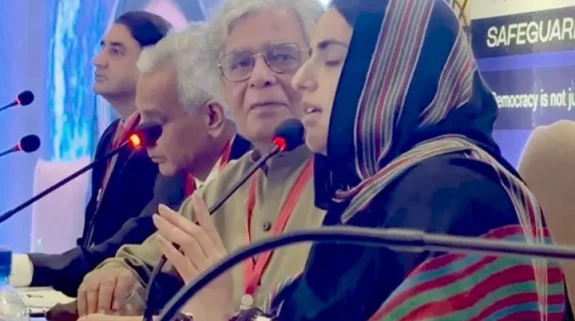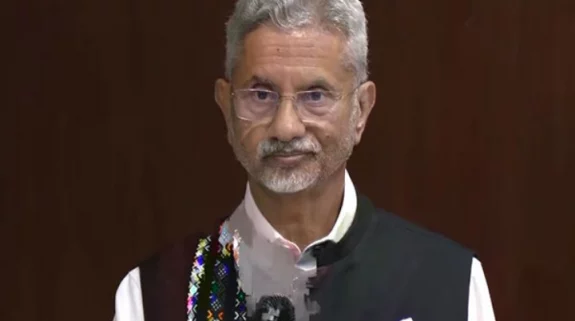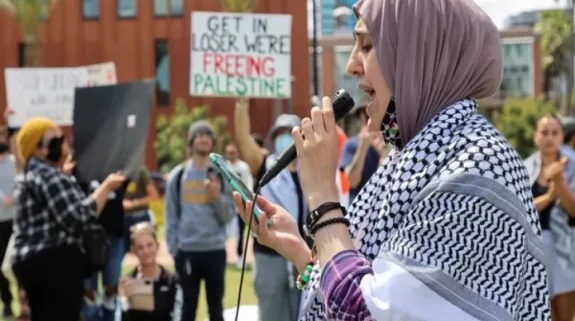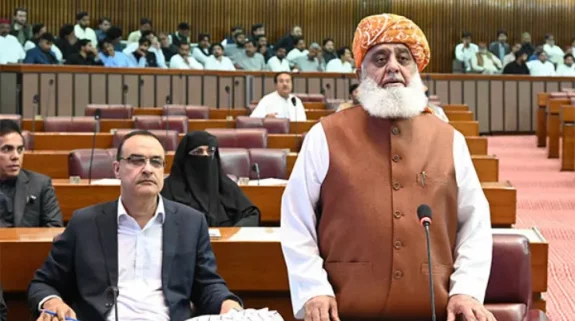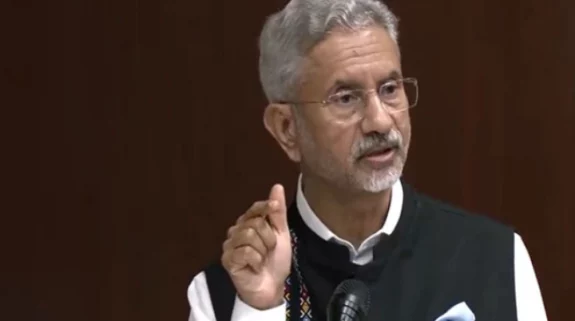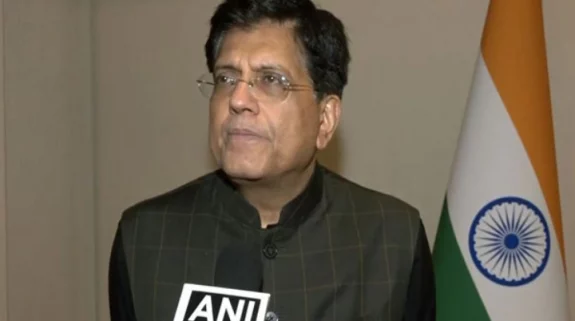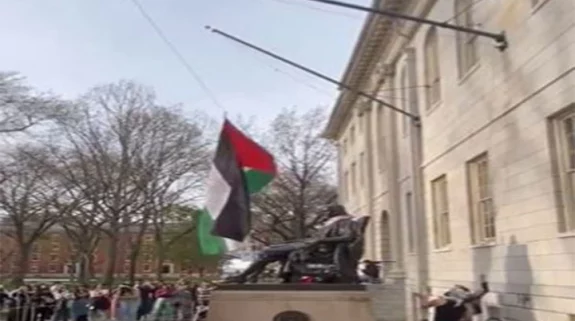The Jammu and Kashmir (J&K) LG, Manoj Sinha, was distraught over the sluggish pace of development and beautification at Hazratbal—during his first visit to a Muslim shrine on Tuesday. He learned that out of the 23 projects, sanctioned by the Union Ministry of Tourism in 2016, only three had been completed in the last four years and funds had not been utilized.
After paying obeisance at the Mata Keer Bhawani temple at Tulmulla in Ganderbal district during his first visit to rural Kashmir, followed by his appearance at the Mata Vaishno Devi shrine near Katra, Reasi, during his maiden visit to Jammu last month, Sinha on Tuesday morning chose Hazratbal to be the first Muslim shrine of his outreach itinerary.
According to the Raj Bhawan sources, it was pointed out by the security staff that the LG’s visit had to be planned and coordinated at least 24 hours in advance as per the standard operating procedure (SOP). Sinha, however, insisted that nothing untoward would happen as he had made up his mind to pay his obeisance at one of the most revered shrines in India by 10 am.
The historic shrine at Hazratbal in Srinagar has been the repository of Prophet Mohammad’s holy relic—believed to be a strand of his hair that travelled from Medina in Saudi Arabia to Bijapur, Ajmer and finally to Srinagar—for the last over 300 years. The relic is displayed for a glimpse of the assemblies of devout Muslims every year at certain festivals, including Eid-e-Meelad-un-Nabi, Prophet’s birth anniversary and Shab-e-Meraj. Besides, thousands of Muslims gather for the special afternoon prayers every Friday at a spacious mosque adjoining the shrine at Hazratbal on the northern bank of the Dal Lake.
Hazratbal was the epicentre of a mass movement when the holy relic disappeared in mysterious circumstances on 27 December 1963 but was recovered on 4 January 1964. In October 1993, militants occupied the shrine and the standoff was resolved by granting them safe passage without bloodshed after a month. In March 1996, two personnel of the J&K Armed Police and 31 militants of JKLF (Amanullah Khan group) were killed on the shrine premises and outside in two encounters.
Around 9 am on Tuesday, more than 50 senior officers were directed to report at Hazratbal within one hour. Sinha interacted with the Imam and the Wakf authorities who led him to the sanctum sanctorum where he paid obeisance and prayed for J&K's peace, prosperity and relief from the Coronavirus epidemic.
Sinha was impressed with the Covid-19 protocol including markings on prayer mats and carpets and face masks worn by all the administrators and workers at the shrine and mosque complex.
Sinha was unhappy to learn that successive governments had shown least interest and seriousness in commissioning the 23 projects which the Union Ministry of Tourism had sanctioned in December 2016. He learned that out of the 23 projects approved under the Government of India’s ambitious programme, Pilgrimage Rejuvenation and Spiritual Augmentation Drive (PRASAD), just three had been completed in the last four years. Two projects had been dropped for “non-feasibility” while eight were in progress.
Only the project of illumination of the shrine at a cost of Rs 4.58 crore by the Srinagar district administration was completed, but work on other integrated projects was progressing at a snail’s pace. Out of Rs 41 crore approved by the Centre, Rs 29 crore had been released to the Department of Tourism of the Government of J&K—which, in turn had released Rs 21.98 crore to seven different agencies for executing the works. Thirty-five contractors were engaged, many at the will of the then bureaucrats, officers and politicians.
The Department of Tourism has retained Rs 7 crore for projects to be executed by it and released Rs 15 crore to J&K Projects Construction Corporation (JKPCC), J&K State Cable Car Corporation, J&K Housing Board, J&K Small Scale Industries Development Corporation (SICOP), Lakes and Waterways Development Authority (LAWDA) and Sher-e-Kashmir International Conference Centre (SKICC).
Interestingly, J&K Cable Car Corporation, which has been created for mega ropeway projects, is constructing toilet blocks at Hazratbal.
SICOP, which had spent Rs 3 crore had raised a Rs 2-crore canopy—on the pattern of iconic umbrellas at the Prophet’s mausoleum in the holy city of Medina—which collapsed within a few months. An inquiry by Additional Deputy Commissioner of Srinagar established irregularities, use of substandard material, found lapses and made certain recommendations which were never implemented. Now SICOP has been directed to reconstruct the canopy by debit to the contractor within one month.
Sinha directed LAWDA officials to complete the fountains at Hazratbal and commence cleaning and beautification of the Dal Lake near the shrine.
The LG directed all the concerned departments to utilize the funds released by the Centre and complete all projects at Hazratbal within six months. He asked Advisor incharge Tourism, Baseer Khan, and other concerned officers to prepare a comprehensive security, development and beautification plan for all Muslim shrines in order to promote pilgrimage tourism in Kashmir, making it clear that he would be personally monitoring the progress..







